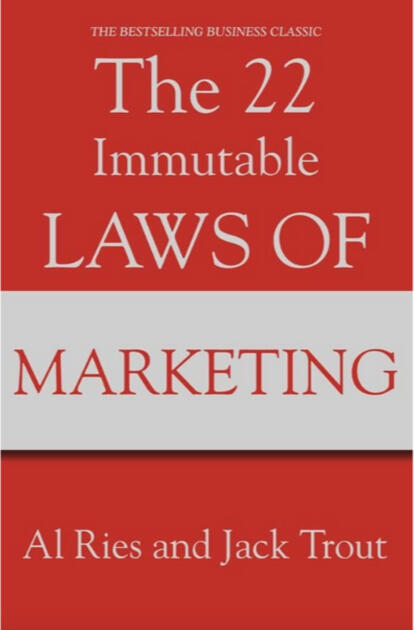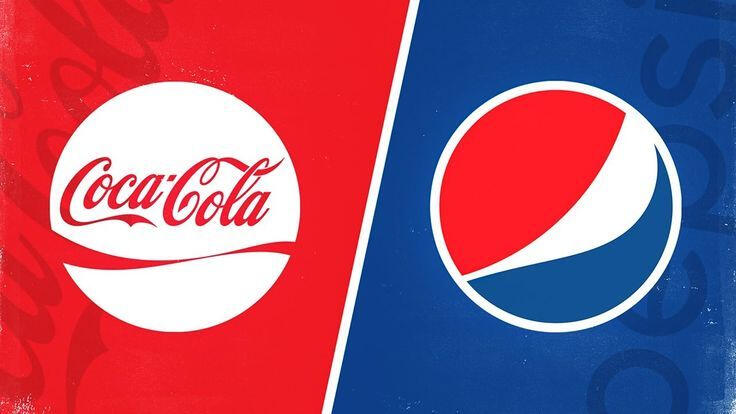The 22 Immutable Laws of Marketing
In the competitive world of marketing, understanding and applying timeless principles can make the difference between success and failure. "The 22 Immutable Laws of Marketing" by Al Ries and Jack Trout provides a roadmap to strategic positioning and market dominance. These laws are not trends but fundamental truths that have stood the test of time, offering invaluable insights for entrepreneurs, marketers, and business leaders.

Al Ries & Jack Trout
Al Ries and Jack Trout are legendary marketing strategists known for pioneering the concept of positioning. Their work has shaped modern marketing, influencing companies worldwide. Their insights remain relevant decades after publication, making them authorities in branding and competitive strategy.

Short Summary
Chapter 1: The Struggling Entrepreneur
John, a startup founder, launches a new tech product but struggles with low traction. Despite a great product, his marketing efforts fail to make an impact in a saturated market.
Chapter 2: Discovering the Laws of Marketing
Frustrated, John comes across "The 22 Immutable Laws of Marketing." He learns that success isn’t about having the best product but about being first in the customer’s mind.
Chapter 3: Implementing Key Principles
John applies the Law of Leadership, positioning his brand as the first in a new category. He also leverages the Law of the Mind, ensuring his brand is perceived as unique and irreplaceable.
Chapter 4: Achieving Market Success
With consistent application of these laws, John's business gains traction, outperforms competitors, and becomes a market leader in his niche.
Chapter 5: The Universal Takeaway
John realizes that marketing is about perception, not just products. The book's principles can be applied across industries to achieve lasting success.
Main Ideas - Key Concepts Explained Clearly
✅ 1. The Law of Leadership - It’s better to be first than to be better.Example: Coca-Cola was the first cola brand and remains dominant despite competition from Pepsi.

✅ 2. The Law of the Category - If you can’t be first in a category, create a new one.Example: Red Bull didn’t compete with Coca-Cola but created the "energy drink" category.
✅ 3. The Law of the Mind - Being first in the customer’s mind is more important than being first in the marketplace.Example: Apple wasn’t the first to launch a smartphone, but the iPhone became the dominant brand through perception.
✅ 4. The Law of Perception - Marketing is not about products but perceptions.Example: Volvo positioned itself as the “safest car,” shaping customer perception and brand loyalty.
✅ 5. The Law of Focus - A powerful brand owns a word in the customer’s mind.Example: FedEx = Overnight. When you think of overnight delivery, you think of FedEx.
✅ 6. The Law of Line Extension - Expanding product lines can dilute a brand’s strength.Example: When Xerox tried to expand beyond copiers, it lost market dominance.
✅ 7. The Law of Sacrifice - You must give up something to gain something.Example: Southwest Airlines focuses only on low-cost flights, sacrificing premium services but dominating its niche.
✅ 8. The Law of Success - Success can lead to arrogance, which can lead to failure.Example: IBM dominated computing but failed to foresee the rise of personal computers, losing ground to Microsoft.
Practical Applications - How to Implement These Lessons Immediately
Identify if your brand is first in its category; if not, create a new category.
Focus your marketing on a single key idea that differentiates your brand.
Avoid brand dilution by resisting unnecessary product extensions.
Shape customer perception through clear and consistent messaging.
Observe competitors but stay true to your brand’s core positioning.

Briffio
Discover the Best short Briffio on briffio.com
© Briffio. All rights reserved.